Expansion of Aquaculture
The Hemoglobin Feed Market is also benefiting from the expansion of aquaculture practices worldwide. As the demand for seafood continues to rise, aquaculture is becoming a vital source of fish production. Hemoglobin feed is increasingly being recognized for its potential in aquafeeds, providing essential nutrients that support fish growth and health. In 2025, the aquaculture sector is projected to grow at a rate of approximately 5% annually, creating new opportunities for the Hemoglobin Feed Market. This growth is likely to encourage feed manufacturers to develop specialized hemoglobin-based formulations tailored for aquatic species, thereby broadening the application of hemoglobin feed in the aquaculture industry. The intersection of these two markets suggests a promising outlook for hemoglobin feed as a versatile ingredient in both terrestrial and aquatic animal nutrition.
Increasing Livestock Production
The Hemoglobin Feed Market is experiencing a surge in demand due to the increasing livestock production across various regions. As the global population continues to grow, the need for protein-rich food sources rises, leading to higher livestock farming activities. In 2025, the livestock sector is projected to expand significantly, with estimates suggesting a growth rate of approximately 2.5% annually. This growth directly influences the demand for hemoglobin feed, which is recognized for its high protein content and nutritional benefits. Farmers are increasingly incorporating hemoglobin feed into their livestock diets to enhance growth rates and improve overall health. Consequently, this trend is likely to bolster the Hemoglobin Feed Market, as producers seek effective and efficient feed solutions to meet the rising protein demands.
Rising Awareness of Animal Welfare
The Hemoglobin Feed Market is influenced by the rising awareness of animal welfare among consumers and producers alike. As ethical considerations gain prominence, livestock producers are increasingly focused on providing high-quality feed that supports the health and well-being of animals. Hemoglobin feed, known for its nutritional advantages, is becoming a preferred choice among farmers who prioritize animal welfare. In 2025, this trend is expected to continue, with more producers seeking feed options that not only enhance growth but also contribute to the overall quality of life for livestock. This shift in consumer preferences is likely to drive the demand for hemoglobin feed, thereby positively impacting the Hemoglobin Feed Market as it aligns with the growing emphasis on sustainable and humane farming practices.
Nutritional Benefits of Hemoglobin Feed
The Hemoglobin Feed Market is propelled by the recognized nutritional benefits of hemoglobin feed for livestock. Hemoglobin is rich in essential amino acids and iron, making it an attractive feed option for enhancing animal health and productivity. Research indicates that incorporating hemoglobin feed can lead to improved weight gain and feed conversion ratios in livestock. In 2025, the market is expected to witness a notable increase in demand as more farmers become aware of these benefits. The emphasis on animal nutrition is likely to drive the adoption of hemoglobin feed, as producers aim to optimize their livestock's performance. This trend suggests a promising future for the Hemoglobin Feed Market, as it aligns with the broader movement towards improving animal welfare and productivity through scientifically-backed nutritional strategies.
Technological Innovations in Feed Production
The Hemoglobin Feed Market is poised for growth due to ongoing technological innovations in feed production processes. Advances in processing techniques are enhancing the efficiency and quality of hemoglobin feed, making it more accessible to livestock producers. In 2025, the market is expected to benefit from these innovations, which may include improved extraction methods and formulations that maximize the nutritional value of hemoglobin. As producers seek cost-effective and high-quality feed solutions, the adoption of these technologies is likely to increase. This trend indicates a shift towards more sophisticated feed production practices, which could significantly impact the Hemoglobin Feed Market by enabling manufacturers to meet the evolving demands of livestock producers and improve overall feed performance.


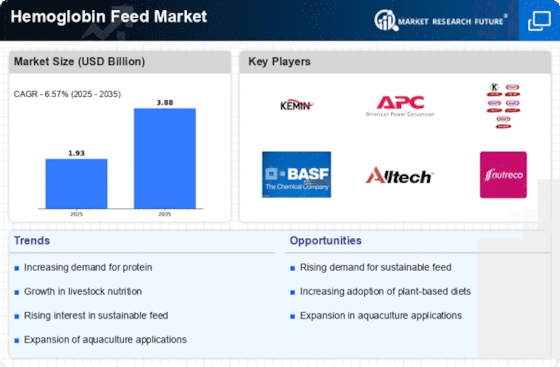
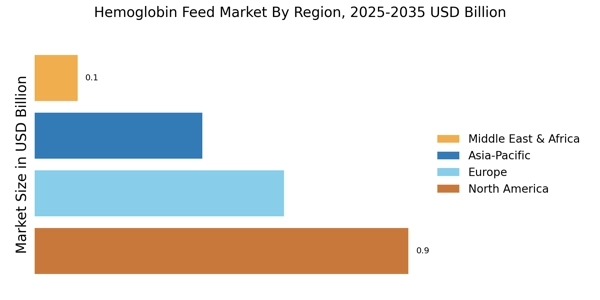
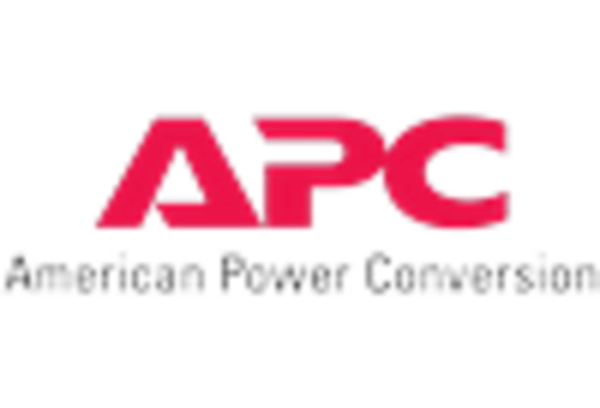
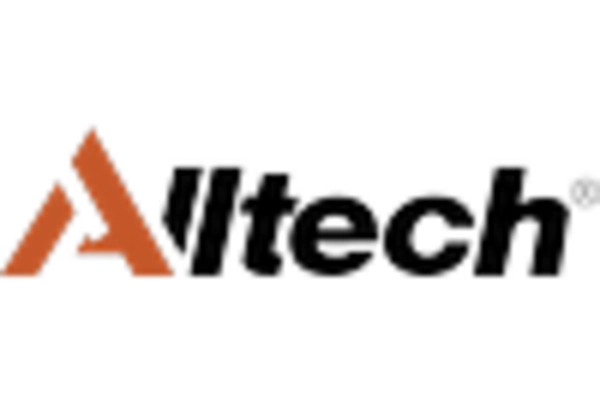

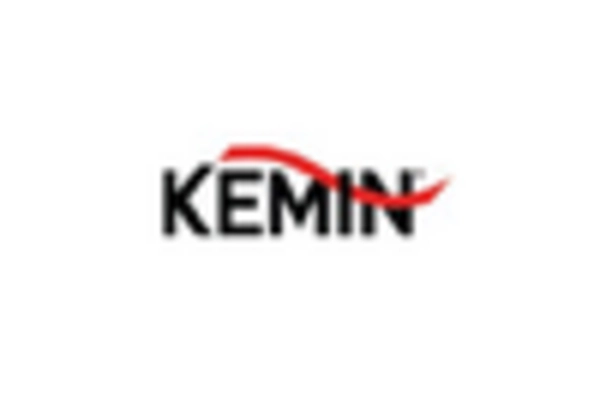
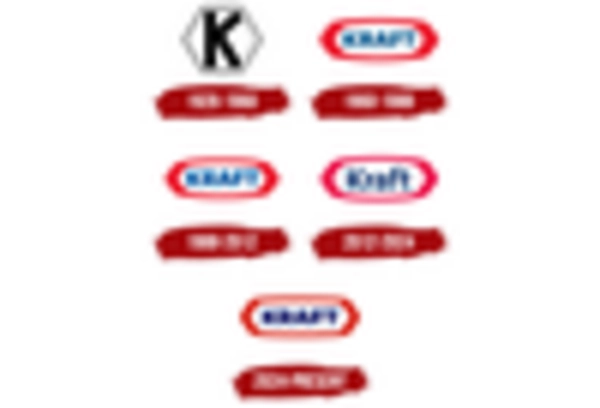
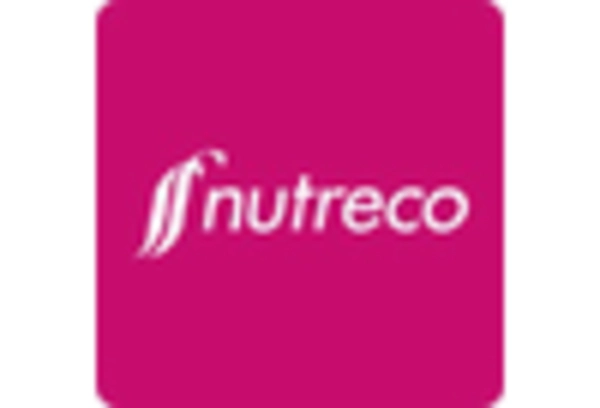








Leave a Comment